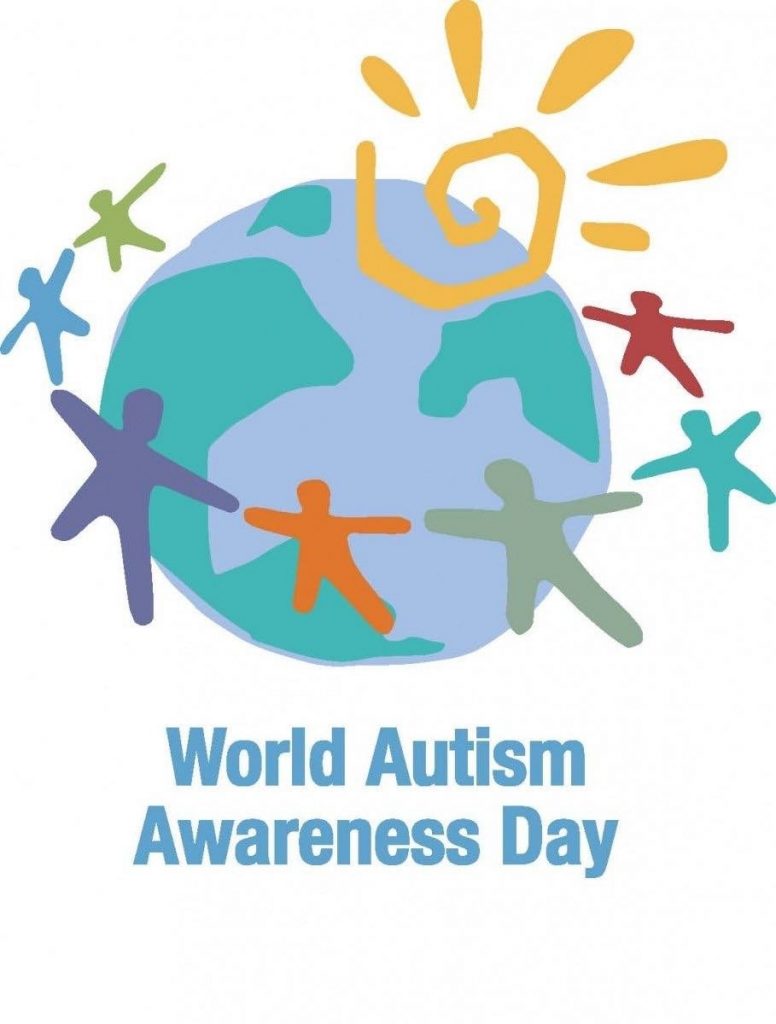خصوصی بچوں کی قابلِ فخر مائیں
March 31, 2021Mrs. Perveen Tawwab (Sitara-e-Imtiaz)
November 29, 2024
Ahmad is a government employee who works day in and day out to make both ends meet for his family of six. All of his kids are school going and his wife is a homemaker. Their life might have been just like any other middle-class family of Pakistan, but their eldest son Shan makes them different from others. He is eleven now and was diagnosed with autism spectrum disorder when he was four. Their son has very limited speech and has serious challenges in communicating needs.
This is how a child with autism can look when seen from outside. But as it is commonly said, if you know one child with autism, you only know one child with autism.
Autism spectrum disorder is a neuro developmental condition. The severity and combination of problems vary in children and adults in this spectrum. They can have severe to mild autistic features, ranging from functionally non-verbal to highly verbal, with no social interactions to being oddly sociable. Children with autism spectrum disorder can obsessively be focused on one specific object or activity and are either under or over-sensitive to certain sensory inputs. They like to have structured and predictable routines and settings. Any change in their schedule can get them upset. Many persons with autism respond better to visual schedules and instructions.
The General assembly of the United Nations decided, in 2007, to observe April 2 as the World Autism Awareness Day from 2008. Every year through different events, walks, seminars and other social activities, efforts are made to raise awareness about autism and about the rights of persons with autism. The color blue is used to symbolize the rights and unique talents of persons with autism spectrum disorder. Blue lights are lit around the globe, from Egypt to the Empire State Building and Eiffel Tower to show solidarity with autism families.
This year the World Autism Awareness Day is celebrated in the midst of the COVID-19 pandemic. Prevailing health and safety conditions have taken a harsher toll on families with children with autism spectrum disorder. During quarantine while parents are finding it difficult to find purposeful academic and physical activities for their regular children, it becomes even more difficult to keep their children with autism busy and happy at home.
Autism New Jersey guides parents of children with autism to modify their home environment to make it safe by keeping dangerous tools away, creating me space, and designating a sensory place at home. Parents should develop new or follow the already used visual schedules for their child. Online visual timers can be a better way of visually representing remaining time for an activity.
According to Alicia Trautwein, a writer, motivational speaker, and mother of autistic children, parents should try to keep the schedule similar to what children were following when they were going to school. This will help in minimizing the stress created by change of routine. After breakfast, parents should try to engage the child in similar activities as he/she had in school. She stresses that parents should keep a diary and note down any change in behavior along with what happened right before and immediately after the specific behavior. These details can help in receiving online help from therapists and psychologists of the child. Mothers should engage fathers, siblings and grandparents in establishing and following a routine for their child with autism. The entire family support can be more practical and feasible for following a routine over a period of time as this quarantine might continue for many weeks or months.
This is a difficult time; please keep your eyes and hearts open to sense the financial and psychological needs of those around you. If you know of any family with children with special needs, make it a point that you support them by lending an ear to listen to their issues and extend support where possible.
